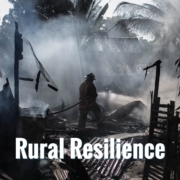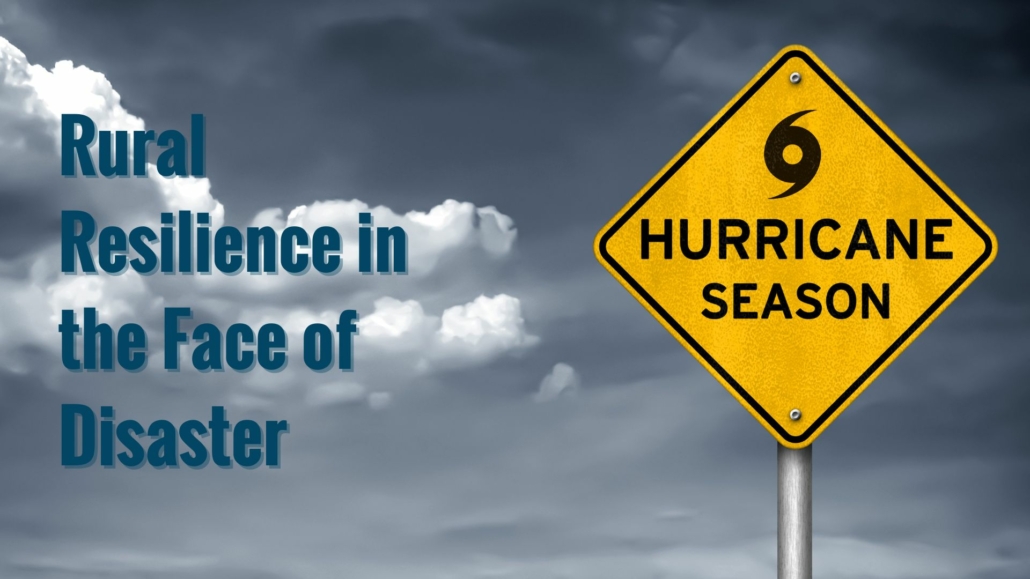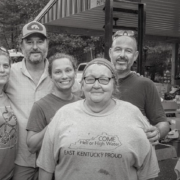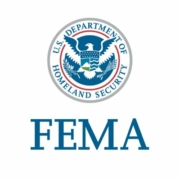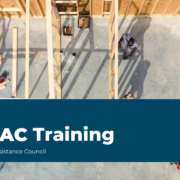Preparing for Disaster in Rural America
Preparing for a Challenging Hurricane Season: Essential Resources for Rural Communities
As we enter an intensifying period of what is projected to be a particularly severe hurricane season, according to NOAA, it’s crucial for rural communities to be vigilant and prepared. The frequency of billion-dollar disasters has been on the rise, underscoring the growing impact of extreme weather events on communities across the country. With this context, it’s more important than ever for rural areas to bolster their resilience and readiness to face potential disasters.
For rural communities and nonprofits, preparation is key to mitigating the impact of disasters. At the Housing Assistance Council (HAC), we emphasize the importance of being proactive. Our Rural Resilience in the Face of Disaster resource provides guidance on preparing for, responding to, and recovering from disasters. This resource is tailored to the unique challenges faced by rural areas, offering practical advice and tools for communities.
Disaster Readiness involves understanding the potential risks and having a plan in place. Rural communities and organizations should assess their vulnerabilities and develop strategies to protect their residents and infrastructure. This includes creating evacuation plans, securing critical supplies, and ensuring communication systems are robust. Our readiness guide provides detailed steps and resources to help communities prepare effectively. By taking these actions, rural areas can reduce the risk of harm and ensure they are better equipped to handle the immediate aftermath of a disaster.
Disaster Response is about immediate action and support once a disaster strikes. Nonprofits play a critical role in this phase by providing essential services such as emergency shelter, food, and medical care. They can also assist in coordinating local response efforts and communicating with residents. Our response guide outlines best practices for nonprofits to follow, ensuring they can quickly mobilize and offer the necessary support to their communities. Effective disaster response can save lives and help stabilize the situation, paving the way for recovery efforts.
Disaster Recovery focuses on rebuilding and restoring the community over the long term. This process can be lengthy and complex, but it is vital for the long-term resilience of rural areas. Recovery efforts should address not only the physical reconstruction of homes and infrastructure but also the emotional and economic recovery of residents. A comprehensive approach to recovery helps create a thriving community in the wake of the disaster.
To further support your organization’s preparedness, we encourage you to utilize HAC’s Business Continuity and Disaster Recovery Template. This template helps organizations develop plans to maintain operations during and after a disaster, ensuring they can continue to serve their communities when they are needed most.
As we navigate this hurricane season, we urge everyone to stay safe and healthy. Enjoy your summers but make sure to take time to ready yourself and be vigilant. Together, we can build a stronger, more resilient rural America.

